A Gentle Approach to Kindergarten
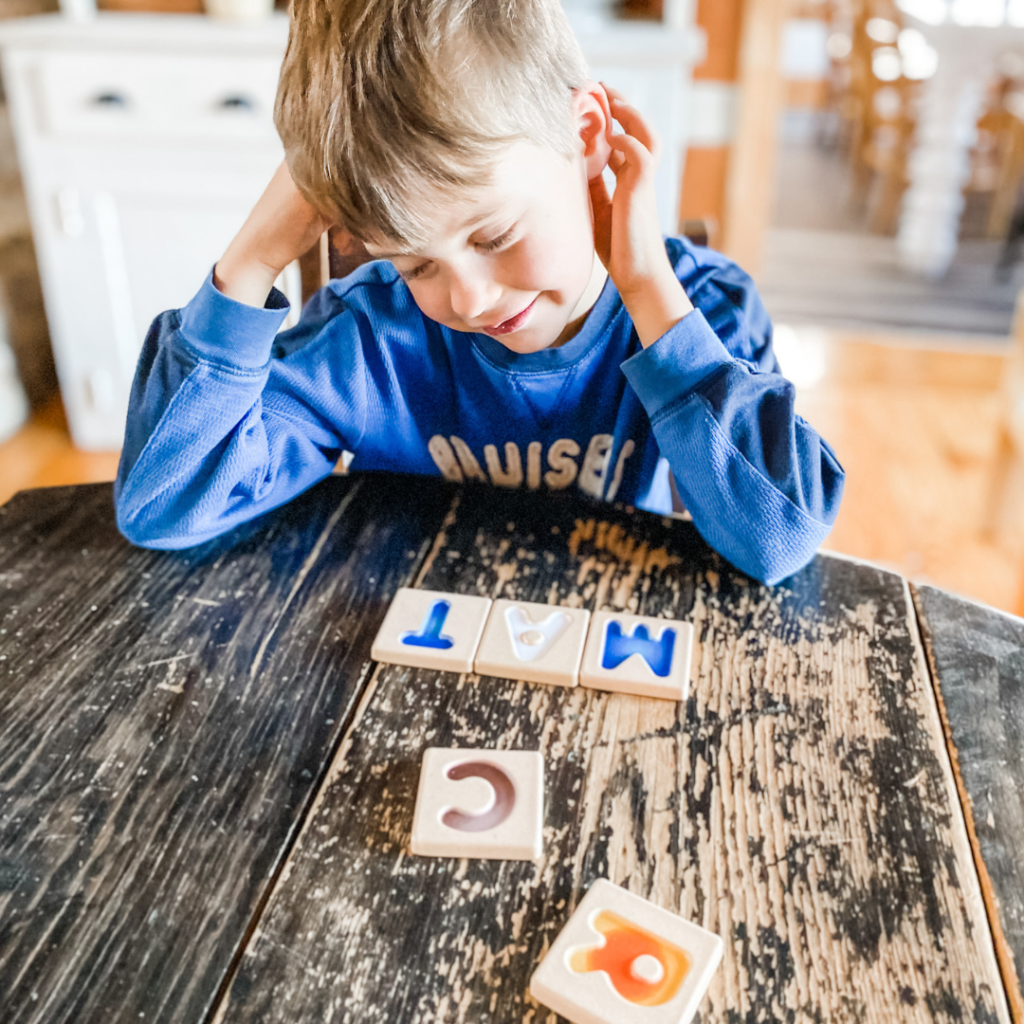
This post may contain affiliate links, which means I make a small commission at no extra cost to you.
See my full disclosure here.
If you’ve felt the tug towards a more gentle approach to kindergarten for your child, you’re not alone.
A gentle approach to kindergarten
This year in particular, many parents are questioning the current approach to education. They have a hunch there must be a better way, but they have no idea where to start. Or maybe they feel overwhelmed at the thought of educating their own children.
I have good news: there is definitely a better way, and it doesn’t have to be complicated. There is freedom in embracing a gentle approach to kindergarten. And even better: you are thoroughly equipped to educate your child!
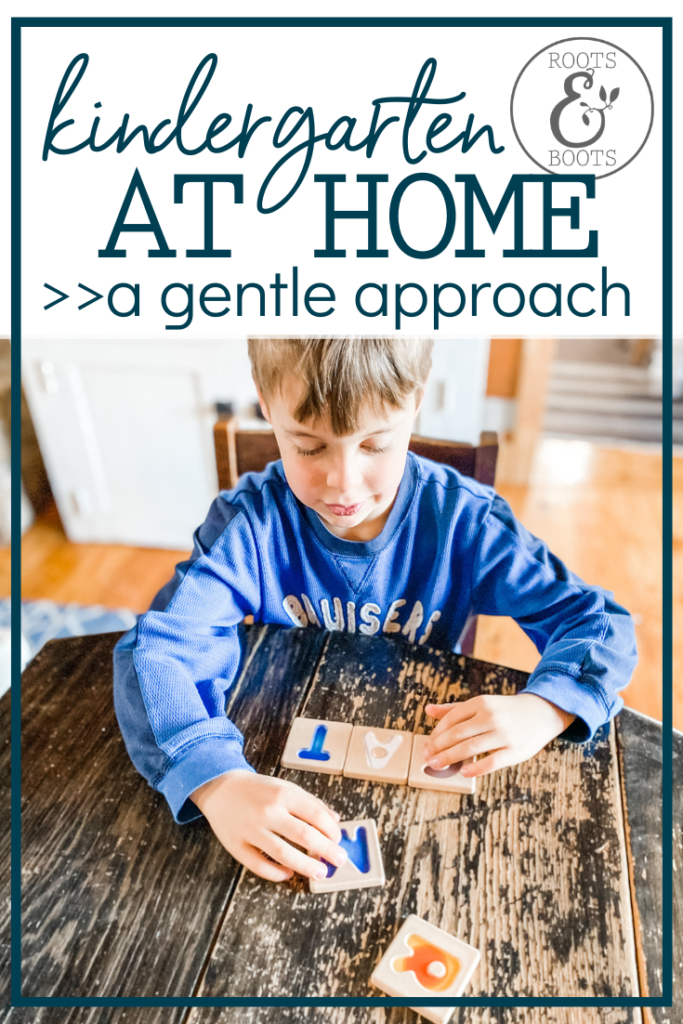
In response to many questions I’ve received about how to get started with homeschooling, today I’m making an attempt at sharing my own simple approach to kindergarten. You might like to know that we loosely follow the Charlotte Mason method.
Not sure which method to choose for your family? Check out my suggestions here: How to Choose a Homeschooling Method.
What kindergarten isn’t
So many children in today’s modern society are deprived of a childhood. They are rushed to learn, rushed to read, rushed from activity to activity. Their time is scheduled, organized, sequenced.
These kids have little time for free play, and even less time for outdoor play. Most of their time and activities are adult-directed.
What kindergarten should be
Picture instead, children who have plenty of time to play–especially outside. These children have time to develop imaginations, to invent and create. They have daily opportunities to run and jump and breathe fresh air.
Nature is a big part of their daily lives: they spend time outside, they observe, they touch, they smell, and even taste nature.
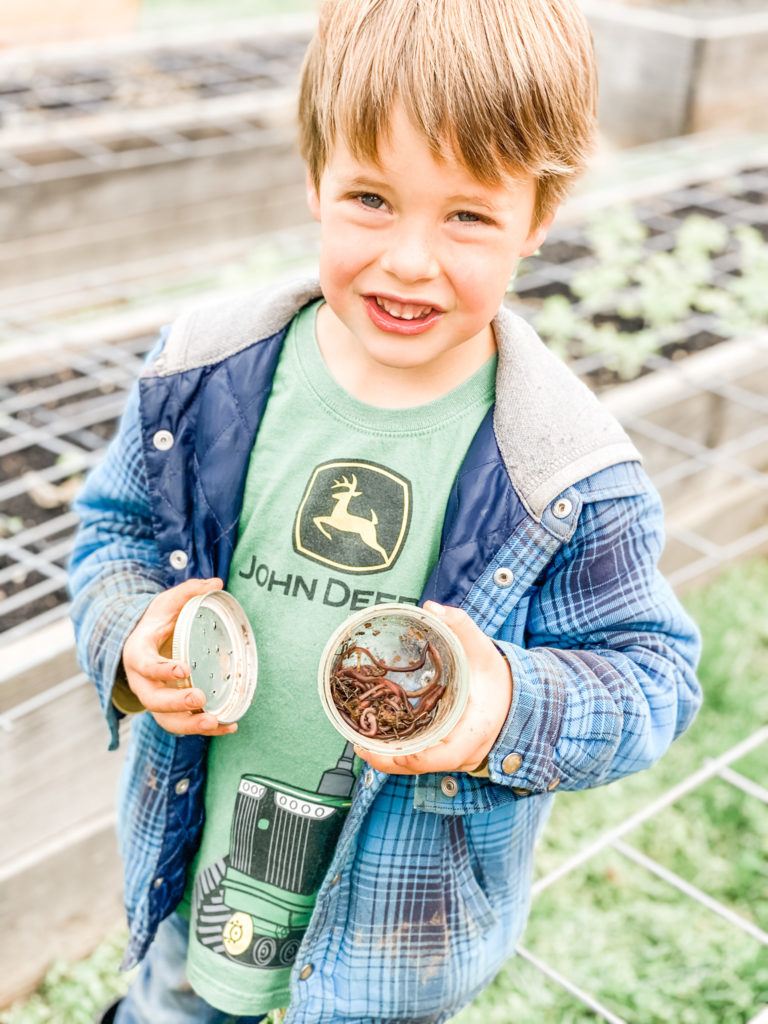
The adults in their lives read to them often, and with gusto. From these beautiful stories, the children learn about right and wrong, about geography and science, about events in history.
If the child is ready, simple phonics and letter play can be introduced. However, there is no rush to master the sounds or to learn to read. There will be plenty of time for that later.
But what do we DO?
I know this might sound loosey-goosey. If a gentle, less structured approach feels a bit foreign to you, you’re probably wondering, “Yes, that sounds great, but what do we DO?”
A young mom friend asked me this exact question just a few days ago, and here’s what I told her.
- Books: Focus on reading lots of good books. Charlotte Mason calls them “living books”.
- Nature: Spend lots of time outside. Play, explore, discover, get dirty.
- Habits: Work on habits and household responsibilities. In other words, chores.
- Play: Let them play! Stock up on toys for open-ended play and non-gadget learning toys.
- Morning Time: If you’re feeling a need to have a more formalized learning time, consider my suggestions for Morning Time below.
A sample day
- Wake up
- Breakfast
- Morning chores
- Morning time
- Play time
- Lunch
- Rest time
- Outdoor play
- Afternoon chores
- Dinner
- Bedtime, with stories
Morning Time
You can call it whatever you want to: morning time, learning time, circle time, basket time, etc. The point is to have a time when you sit down together and work your way through specific reading materials, etc.
When you first start a daily morning time, it’s a good idea NOT to include everything listed below. Ease your way in with a poem, a story, and a song.
Over time, if your schedule allows and your child is ready, you can add in another song, a faith story, or an ABC book. Keep the vibe casual, upbeat, and positive.
What to include:
- One poem: read one poem each day from a wonderful book of children’s poetry.
- Suggested titles: When We Were Very Young, Now We are Six, A Child’s Garden of Verses, A Child’s Book of Poems.
- One or two songs: sing a folk song or a hymn together, or both.
- Suggested hymn resources: Hymns for a Kid’s Heart, Singing the Great Hymns.
- One story: read a living book.
- Suggested book lists: Ambleside Online Year 0, Honey for a Child’s Heart, Before Five in a Row.
- One faith story: read from a children’s Bible or devotional book.
- Suggested titles: The Child’s Storybook Bible, Leading Little Ones to God, Crossroads of Character.
- One ABC book: I like to keep a stash of quality ABC books to pull out as needed. One day I will compile a list of our favorites!
- Here are a few to get you started: The Alphabet Room, Eating the Alphabet, ABCs for Boys, ABC by William Wegman,
As your child shows readiness, you can begin to introduce phonics very gently by playing with letters and then eventually studying their sounds. I’ve done this several ways over the years, but my favorite is this boxed set.
And that’s it, friends! It really is that simple.
Keep it simple
Are you surrounded by well-intentioned over-achievers? I can relate!
As parents, we want the best for our children. For some parents, including (or especially) homeschooling parents, this translates into an early start to education. Later on, it translates into countless activities, classes, and curricula.
The thing is, most of this extra stuff is unnecessary. And more and more research is showing it to be damaging, even.
I know not everyone will agree with this, but kids really need very little to thrive. And what they need most of all–love, a secure home, dependable rhythms in their day–can’t be taught via textbooks and worksheets.
So let me be the voice encouraging you to take a step back, to keep it simple. Resist the urge to overcomplicate. Resist the tendency to fill your child’s days with scheduled activities.
Give your child the gift of a childhood. Read to him. Let her play. Take them outside.
And most of all, relax!
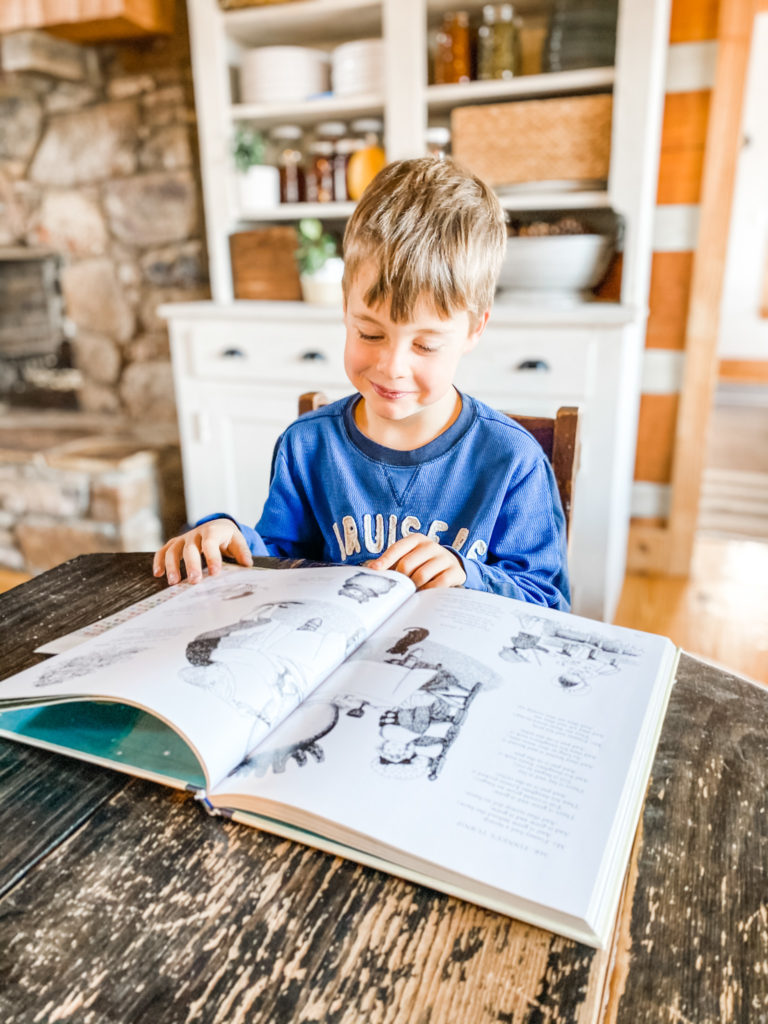
How much does he care?
Even though I truly believe everything outlined above, I still struggle sometimes.
Often, it’s after a conversation with another homeschooling mama. Or one of my kids will casually share a conversation they had with a friend, and it will trigger my insecurities. Am I doing enough? Will they be prepared for adulthood? Are we short changing them?
And then I look at everything my boys know. Everything they do. Everything they care about.
And I remember these words from Charlotte Mason:
“The question is not, — how much does the youth know? when he has finished his education — but how much does he care? and about how many orders of things does he care? In fact, how large is the room in which he finds his feet set? and, therefore, how full is the life he has before him?”
This resonates with me so much! It’s not about how much our children know, but how much they care about what they know.
And starting with a gentle approach to kindergarten, and then carrying that same approach throughout a child’s entire education, is an excellent way to raise children who care.
Stay strong
When my oldest son was about four years old, he was pretty terrified of the waves at the beach. Even the tiniest little waves that come up over your feet at the water’s edge. He would watch as the wave came closer, and as soon as it came near his feet he would scream and run away.
His uncle, my brother, took some time to work with Malachi and teach him to “stay strong”. He would stand there with Malachi and teach him to plant his feet firmly in the sand. When the little waves washed over his feet, my brother would chant “stay strong! stay strong!”
Together they would clench their fists and raise them high against the waves. Stay strong!
That mantra really helped Malachi to master his fear of those little waves. Of course he eventually went out further and further into the waves and today he loves going out to where it actually gets deep. He body surfs and boogie boards for hours.
I’ve learned to adopt a similar mantra when it comes to owning a gentle approach to kindergarten, as well as a gentle approach to all of our homeschooling. In order to stay strong when the waves of comparison or self doubt wash over me, I must plant my feet firmly in what I believe about children and how to educate them.
This is why it’s crucial to develop your own philosophy of education, and to choose a homeschooling method that aligns with your philosophy. It’s also important to find community with others who approach home education the way you do.
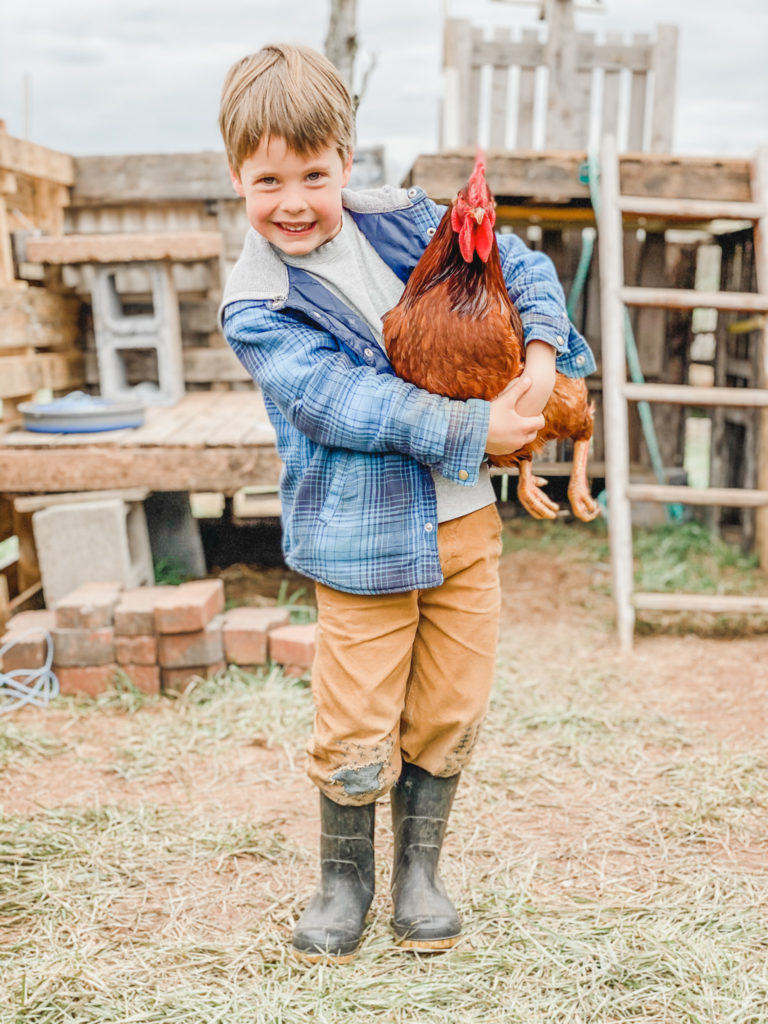
Choose a mantra
We live on a farm and my boys co-homestead with us. The older boys each have two enterprises. All three boys have responsibilities around the farm and around the house. We also prioritize hospitality by inviting friends to share meals with us at least several times per month.
It takes a lot of time to run their enterprises, help around the farm, and help inside the house. It takes time to host friends for meals. All of those skills and experiences are important to us. We consider them to be part of the boys’ education.
I have learned that when I try to add too much to our formal schooling, my kids feel stressed and I feel stressed and it all just kind of blows up in my face. So Greg and I have identified priorities for the boys’ schooling, along with priorities for life skills and experiences.
Practically speaking, I’ve learned to tell myself “This is what works for us.” It’s my version of “stay strong”. I must keep my feet firmly planted in what works for us, and not worry about how others around me are educating their children.
Your situation is probably different from mine, which means your mantra may be different from mine. But I encourage you to do the same! Choose a mantra you can repeat to yourself when you’re tempted to overcomplicate home education.
It starts in kindergarten
My mantra actually includes more than simply “this is what works for us”. I go on to remind myself that we aim to raise boys who will grow up to be real men, who know how to work and how to manage finances. Young men who love to read, have a deep connection with nature, and have experienced the joy and the discipline of creating music with an instrument.
Do they need math? Yes, a little. And they’re learning to type and to spell and to express their thoughts in written form. We work on a few other things too, as time allows, but I’m careful to give them plenty of time to work and play outside.
Because at the end of the day, an education is about so much more than what a kid knows or how he performs on a standardized test. It’s about how much he cares and how full is the life set before him.
And it all starts with a gentle approach to kindergarten.
Book resources to help you keep it simple and focus on what matters:
- Last Child in the Woods
- Honey for a Child’s Heart
- Educating the Wholehearted Child
- Awaking Wonder
- Teaching From Rest
Here’s a peek at what an average day of homeschooling (and homesteading) looks like for us:

Sign up NOW for my best tips delivered weekly to your inbox!
You’ll also get instant access to my library of free ebooks and resources.
You might also like...
2 responses to “A Gentle Approach to Kindergarten”
-
Than post is so timely for my life! I’m currently dreaming about what homeschooling my girls could look like and beginning to formulate my philosophy. I’m reading The Call Of The Wild and Free by Ainsley Arment and then want to read Awakening Wonder. I’ve started listening to Sally’s Clarkson’s podcast. There is some overlap with my teaching philosophy but also a lot that is different. I appreciate the resources you have included as well as the wisdom. Your mantra is excellent, and I think I will borrow it! Thank you for sharing! I hope you’ll share more about homeschooling your boys in the future.
-
Sounds like you’re on the right track, Stevie Jean. I’m cheering you on!
-



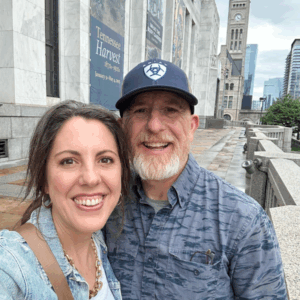



Leave a Comment